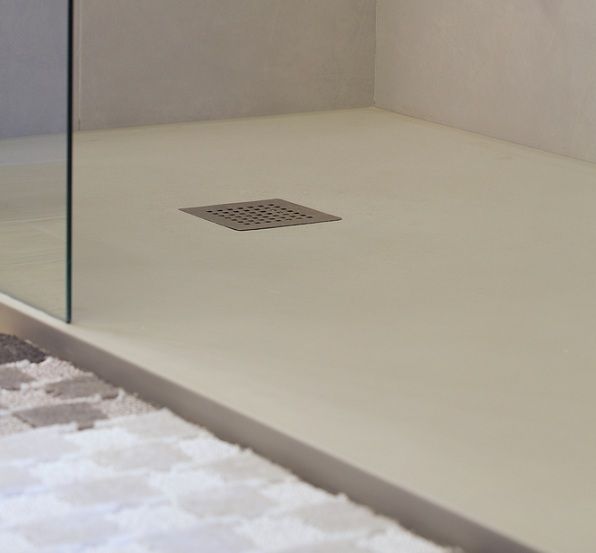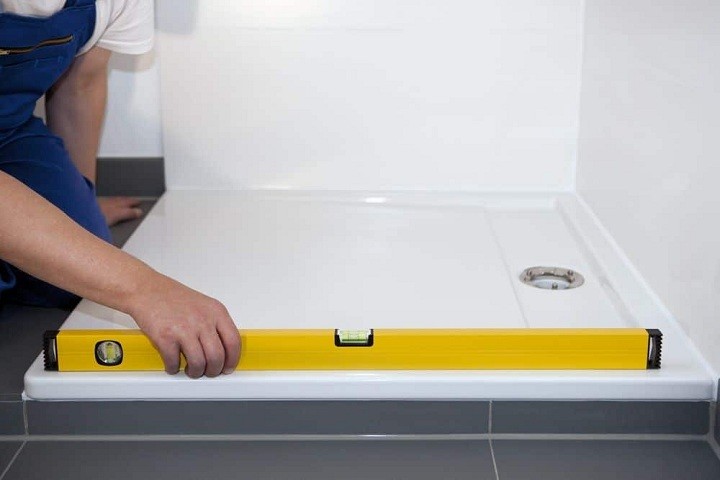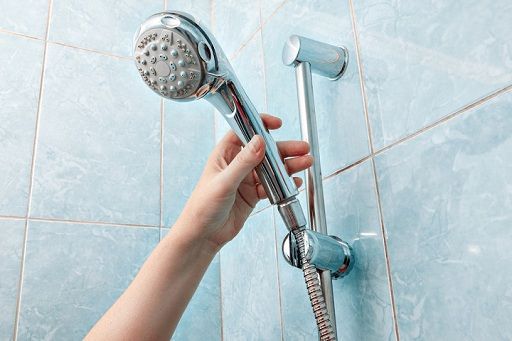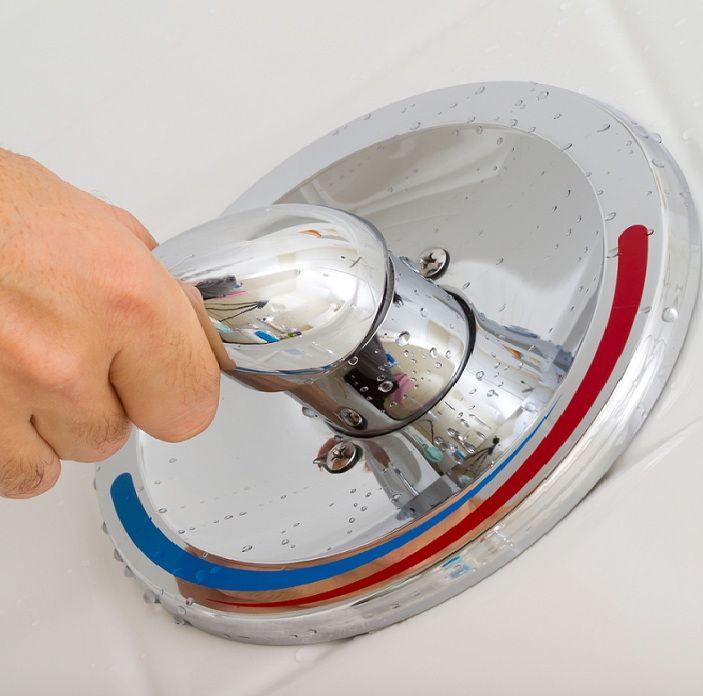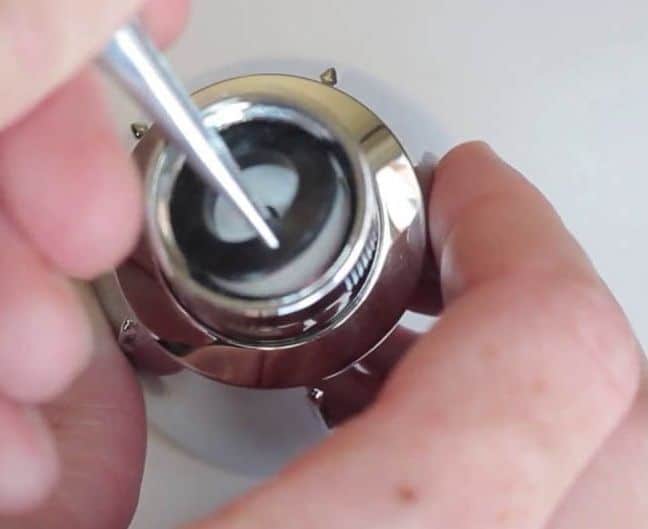How to fix standing water in tile shower
If you have standing water in your tile shower, it’s important to take care of the problem as soon as possible. Standing water can lead to mold and mildew growth, which can damage your tile and grout.
In this article, we’ll show you how to fix standing water in your tile shower and prevent future problems.
How to fix standing water in tile shower
If you have standing water in your tile shower, there are a few things you can do to fix the problem.
- Check the drain: The first thing you want to do is make sure that the drain is clear. If there is anything blocking the drain, it will need to be removed.
- Check the tile: Next, you want to check the tile around the shower. If there are any cracks or chips in the tile, these will need to be repaired.
- Check the grout: The grout between the tiles can also be a source of leaks. If the grout is cracked or missing, it will need to be replaced.
- Apply silicone sealant: Once you have checked all of the above, you can apply a silicone sealant around the perimeter of the shower. This will help to prevent water from entering the shower and causing leaks.
- Enjoy your shower: Now that you have fixed the problem, you can enjoy your shower!
The problem with standing water in tile shower
If you have a tile shower with standing water, there are a few things you can do to fix the problem.
- Check the drain to see if it is clogged. If the drain is clogged, you will need to clear it before the water will drain properly.
- Check the grout around the tiles to see if it is cracked or broken. If the grout is cracked, you will need to replace it.
- Check the sealant around the edges of the shower to see if it is cracked or broken. If the sealant is cracked, you will need to replace it.
- If the problem persists, you may need to call a professional to help you troubleshoot the problem.
How to prevent standing water in tile shower
If you have a tile shower, you know that one of the most annoying things is when water pools at your feet while you’re trying to shower. Not only is it a pain to stand in a puddle of water, but it’s also a breeding ground for bacteria. So, what can you do to prevent standing water in your tile shower?
There are a few things you can do to help keep your tile shower dry. First, make sure that your shower is properly ventilated. This will help to circulate the air and keep the moisture from building up. You can also invest in a shower squeegee or brush to help remove water from the tile after you shower.
Finally, make sure that you’re using a shower curtain or door that is designed to keep water in the shower. These simple tips can help to keep your tile shower dry and prevent standing water.
FAQs
Why is there standing water in my tile shower?
A: There are a few possible reasons for standing water in your tile shower. One possibility is that the slope of the shower floor is not adequate for proper drainage. Another possibility is that there is a blockage in the drain that is preventing the water from draining properly.
What are the causes of standing water in my tile shower?
A: As mentioned above, one of the main causes of standing water in a tile shower is an inadequate slope on the shower floor. This can cause water to pool in the shower and not drain properly. Another common cause of standing water in a tile shower is a blockage in the drain. This can be caused by hair, soap, or other debris that accumulates over time and prevents water from draining properly.
What are the consequences of standing water in my tile shower?
A: Standing water in a tile shower can lead to a number of problems. One of the most common problems is mold and mildew growth. This can cause a variety of health problems, including respiratory problems and skin irritation. Standing water can also damage the tile and grout, and lead to cracking and chipping.
Conclusion
If your tile shower is plagued by standing water, there are a few things you can do to fix the problem. First, make sure that your shower is properly ventilated. If there is no way for the air to circulate, the water will have nowhere to go but to pool at your feet. Second, check the slope of your shower floor. If it is not sloped properly, the water will not drain correctly and will pool in the center of the shower. Finally, make sure that your drain is not clogged. If it is, the water will have nowhere to go but to sit in the bottom of your shower.

